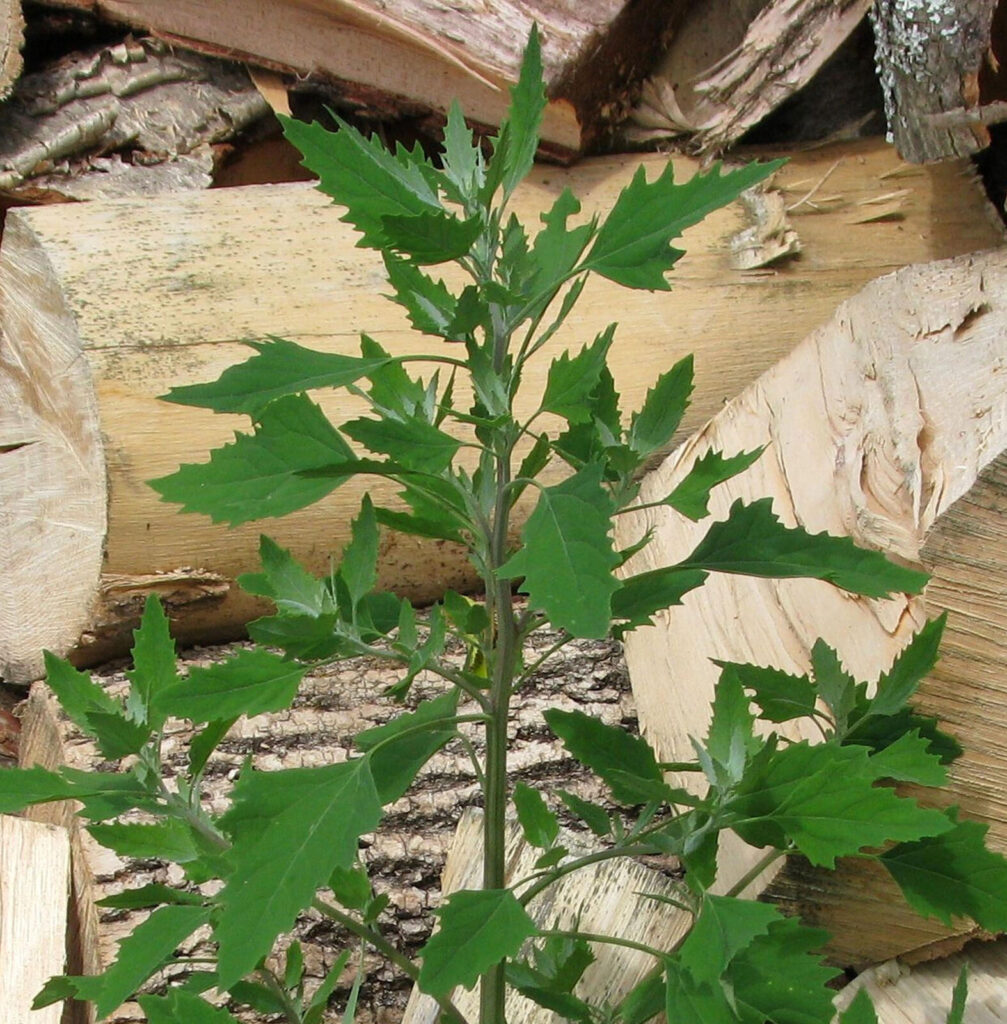Lamb’s quarters is a fast-growing type of herbaceous plant that springs up all over North America, Europe and Central Asia. Though it’s often mistaken for a weed, lamb’s quarters has historically been foraged and cultivated as a source of food.
Lamb’s quarters may also be referred to as pigweed, goosefoot and wild spinach in some guidebooks. It’s
an annual plant as a member of the Amaranthaceae family (in the genus Chenopodium).
Lamb’s quarters is identifiable by its bushy leaves and slender, upright seed heads, which make it easy to distinguish from ordinary weeds. These seed heads emerge from the center of mature plants with the foliage bunched together closer to the ground. The light green and white leaves on lamb’s quarters are goosefoot shaped when they’re younger, and grow to be diamond shaped as they age.






